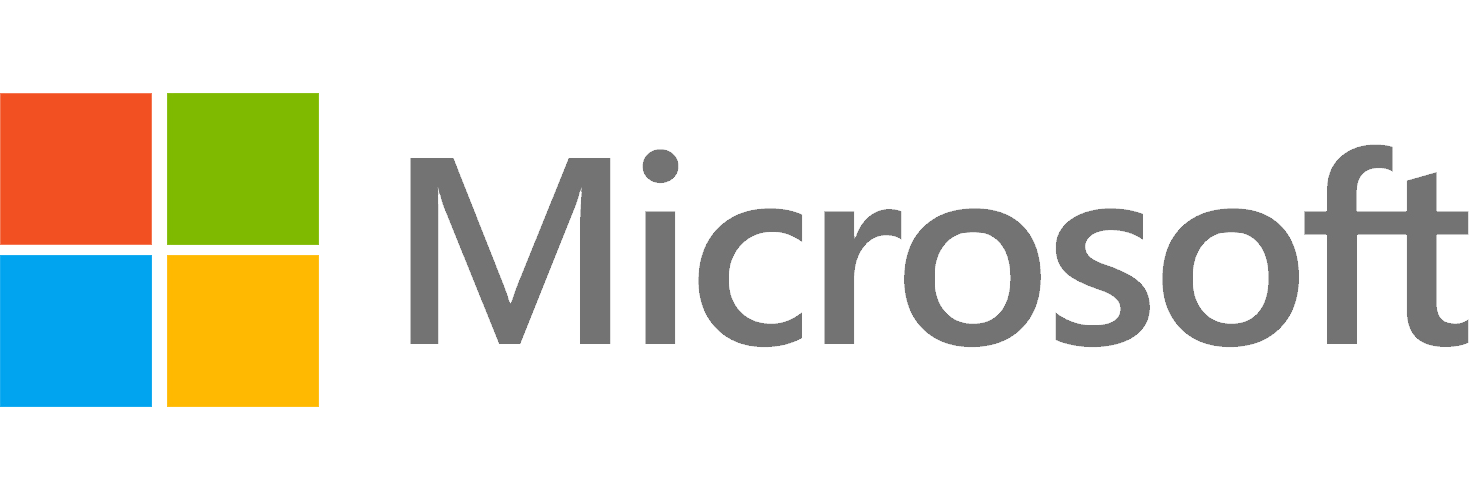
Reporting on location from Oracle CloudWorld, I connect with John Siefert and share top takeaways from day one of the conference. We discuss the new AWS partnership, Oracle’s impressive financials, and how customers are benefiting from the multi-cloud partnership movement that Oracle Chairman Larry Ellison initiated.
Highlights
Day 1 Overview (00:16)
Day 1 of CloudWorld has kicked off with some big developments: a long-anticipated AWS partnership, closer ties with Google Cloud, as well as Oracle’s strong financial results reported this week. The company is on a roll. A key point is not just the company’s ability to develop innovative technology but to go to market and develop partnerships in ways that are optimized for the customer, rather than perpetuating approaches of the past.
Emerging Winners (01:52)
The four hyperscalers (Microsoft, Google Cloud, AWS, and Oracle) would all stake some claim to the multi-cloud movement, but it’s been primarily driven by Ellison and Oracle, who started talking about it 18 months ago. He got it going with Microsoft and Google Cloud and, now, AWS. This movement is breaking down long-held tribal notions of competition and engagement with customers.
AWS Partnership Details (3:37)
The new AWS partnership is similar to Oracle’s partnerships with Microsoft and Google Cloud, which have been in place for a while and are a little more advanced in the level of interconnectedness. First will be Oracle servers or a mini Oracle data center inside AWS data centers; this will allow both companies’ customers to share data across both companies’ clouds. In the recent past, the notion that AWS would partner with Oracle was implausible.
Larry Ellison Keynote Preview (04:28)
Matt Garman, the CEO of AWS, will join Ellison on stage at the keynote. Ellison will also be joined by Amit Zavery, who is Google Cloud’s VP of platform. These partnerships will make not only these four hyperscalers but other types of companies ask whether they’re going to be regarded as old fashioned. Customers will increasingly push back on the old ways.
Financial Impact (06:25)
The fruits of this work are being seen in Oracle’s financial results. For Q1 of fiscal 2025, Oracle reported remaining performance obligation (RPO) was up 52% to $99 billion. That’s an astonishing endorsement of the way Oracle’s doing business. The best tech companies are coming forward saying, ‘We’ve got the technology, we’ve also got some ideas and customer success plans and partnerships and go-to-market ideas,’ so it’s a golden era for customers in the cloud.
Transformation Beyond IT (08:21)
The adoption of new technology by customers is happening at a frenetic pace. While non-tech buyers were always involved, their influence wasn’t as great as it is today. Now, these are no longer IT projects; they’re business projects.
Nontechnical executives are asking, “How do we do this? How does it help me reach my goals?” A CFO might say, “I’m all for this, but here are the keys to success for me.” The CIO will have their priorities, and so will the CHRO and CMO. Technology companies can’t just flip a switch and say, “Okay, the cloud service is fired up; consume away, and, you know, we’ll see you down the road.” This shift transforms tech projects into business transformation projects.
Unleashing Innovation and Talent (10:30)
We used to talk about 80/20: 80% of IT budgets spent on running systems, leaving only 20% for innovation. Now, many companies have pushed beyond that, with the majority of their budgets going toward innovation. CEOs and boards are asking, “How many employees in my retail company or my pharmaceutical company or my financial services company are fully unleashed to do their best possible work every hour of every day?” The focus now is on getting everyone to operate at their highest potential, attracting top talent, moving beyond conversations about server utilization to driving growth.
Operating on Today’s Scale (13:24)
Previously, when a new major technology would come out, a big company might tinker and experiment with it for several months, have a slow rollout, then a few years later be ready to make a decision on it. This cycle has been compressed to months or quarters. The way tech companies talk to customers can’t be separated by business case versus technology case anymore. Tech companies “have to keep getting better at this because customers have shorter and shorter and shorter spans of time to get this right, and they can’t be dealing with tech vendors that operate on an old scale.”
Need for Reimagination (15:09)
Customers are realizing that if they don’t enhance the fundamentals of their business and bust into new categories, it won’t be long before they won’t be able to compete. At one point, there were micro-environments where technologies were being used to revolutionize an industry or business model, for instance. Then companies that didn’t participate would fall behind overnight. It used to be an anomaly for this to happen; now, it has the potential to become the trend.
Era of Optimism (16:54)
The reach of AI isn’t limited; it’s merging into whole suites of industry-specific applications. What happens when businesses start to get their hands on those capabilities? I believe the era we’re entering is the most exciting, most interesting, and most optimistic time we’ve ever seen. There’s much optimism around winning not only for Oracle but from its partners as well.
Ask Cloud Wars AI Agent about this analysis













